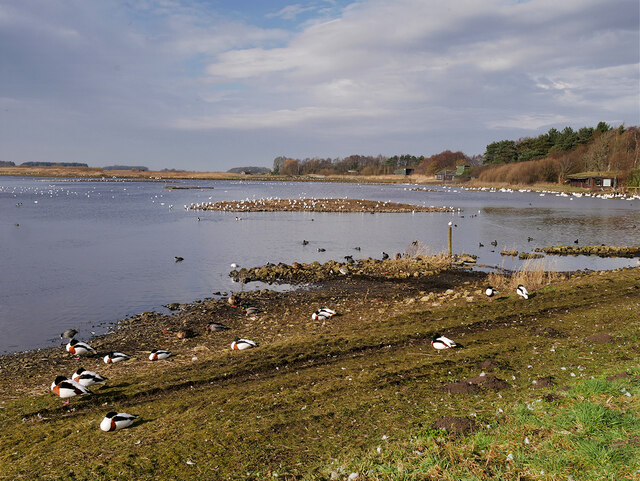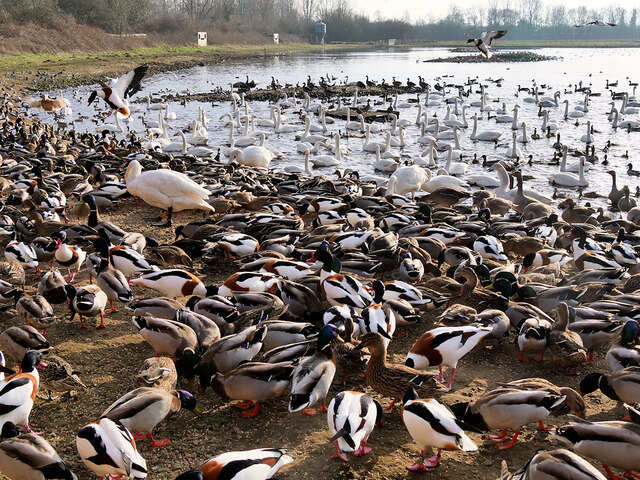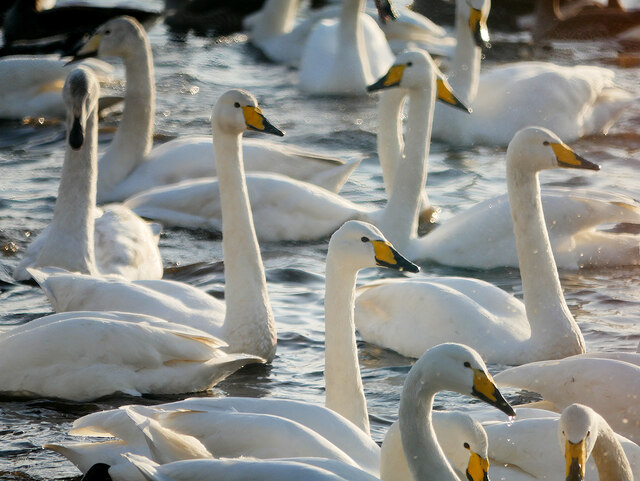Berry House Wood
Wood, Forest in Lancashire West Lancashire
England
Berry House Wood

Berry House Wood is a picturesque woodland located in Lancashire, England. Spanning an area of approximately 50 acres, it is a haven for nature lovers and outdoor enthusiasts. The wood is situated near the village of Berry, hence its name, and is easily accessible by a network of footpaths and trails.
The woodland is predominantly composed of native trees such as oak, birch, and beech, which create a dense canopy overhead, casting dappled sunlight on the forest floor. This pristine environment provides a thriving habitat for a wide variety of flora and fauna. Visitors can expect to encounter an array of woodland birds, including woodpeckers, owls, and thrushes, as well as small mammals like squirrels and rabbits.
The wood offers a tranquil retreat from the bustling urban areas nearby, providing a peaceful setting for walking, jogging, or simply immersing oneself in nature. The well-maintained footpaths meander through the wood, enabling visitors to explore its different sections and discover its hidden gems.
Berry House Wood is particularly beautiful during the spring and summer months when the forest floor is carpeted with wildflowers, adding bursts of color to the greenery. In autumn, the woodland transforms into a kaleidoscope of vibrant hues as the leaves change, creating a stunning visual spectacle.
Managed by the local council, Berry House Wood is a cherished natural resource for the community. It offers a valuable space for education, recreation, and relaxation, making it a cherished destination for nature enthusiasts and families alike.
If you have any feedback on the listing, please let us know in the comments section below.
Berry House Wood Images
Images are sourced within 2km of 53.63657/-2.8687263 or Grid Reference SD4215. Thanks to Geograph Open Source API. All images are credited.













Berry House Wood is located at Grid Ref: SD4215 (Lat: 53.63657, Lng: -2.8687263)
Administrative County: Lancashire
District: West Lancashire
Police Authority: Lancashire
What 3 Words
///supposing.widgets.dwell. Near Rufford, Lancashire
Nearby Locations
Related Wikis
Holmeswood
Holmeswood is a small agricultural village in West Lancashire, in the north-west of England. It lies just north of the Martin Mere Wetland Centre and...
WWT Martin Mere
WWT Martin Mere is a wetland nature reserve and wildfowl collection managed by the Wildfowl and Wetlands Trust at Tarlscough, Burscough, Lancashire, England...
Martin Mere
Martin Mere is a mere near Burscough, in Lancashire, England, on the West Lancashire Coastal Plain. The mere is a vast marsh, around grid reference SD...
Tarlscough
Tarlscough () is a hamlet in the West Lancashire district, in the English county of Lancashire. It is roughly 1+3⁄4 miles (2.8 km) (by road) north of the...
Mere Sands Wood
Mere Sands Wood is a 105 acres (42 ha) nature reserve between the villages of Holmeswood and Rufford in west Lancashire, England, managed by The Wildlife...
New Lane railway station
New Lane railway station serves the town of Burscough in West Lancashire, in England. It is served and managed by Northern Trains and is situated near...
Mere Brow
Mere Brow is a small village in Lancashire, England, situated between Tarleton and Banks, just off the A565 road. It is 6 miles (9 km) east of Southport...
Rufford, Lancashire
Rufford is a village in West Lancashire, England, where the Leeds and Liverpool Canal, Liverpool, Ormskirk and Preston Railway, the A59 and the River Douglas...
Nearby Amenities
Located within 500m of 53.63657,-2.8687263Have you been to Berry House Wood?
Leave your review of Berry House Wood below (or comments, questions and feedback).





